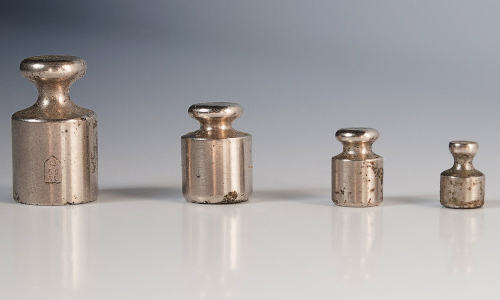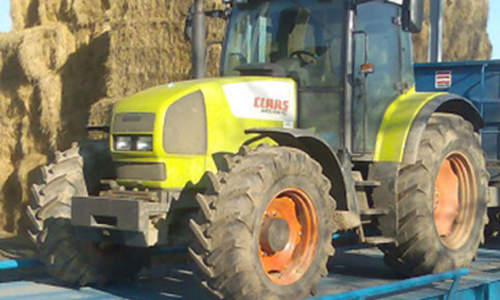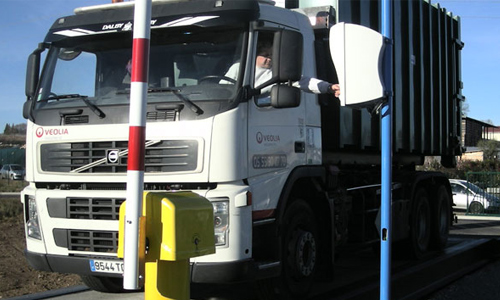Legal For Trade Weighbridges Explained
-
 By
Solent Scales
By
Solent Scales
- 1 Oct 2021
- 0 Comments
Many businesses in the UK are based on, and rely on, the buying and selling of goods by weight. When these transactions become large enough, you’re not dealing in boxes or bags of product, you’re more than likely weighing by the truckload.
However, it’s simply not acceptable to charge someone by the "truckload", as it’s not a scalable or repeatable unit of measurement. What if someone has a smaller truck than the rest? Is it fair to charge them for a full "truckload"? No it’s not.
So instead, we use vehicle weighing scales like steel weighbridges to exactly measure the weight of the vehicles entering and exiting the premises, in order to know exactly how much of a product the vehicle is carrying.
However, what if the weighbridge isn’t accurate? Is it fair, or legal, to charge customers more than what they are receiving, or to receive more than they have paid for? It is not fair, neither is it legal.
The weighbridge must be accurate, and proven to be accurate.
Any time money changes hands, based on the weight of something, the equipment doing the weighing must be Legal For Trade – this includes weighbridges. So how do you ensure that your weighbridge is always accurate? And how do you prove that it is?
This is where the Legal for Trade certification, and regular calibration checks, steps in.
How do you Make a Weighbridge Legal for Trade?
Making sure that you buy and maintain a weighbridge which is Legal For Trade (or ensuring that your current weighbridge is legal for trade) is crucial if you are using your weighbridge to buy and/or sell by weight.
Legal for Trade is also known as Trade Approved, Weights and Measures Approved, EC Approved or simply Stamped, and is signified by the CE/M18/0126 sticker on the instrument.
These markings consist of the CE mark, the M18 represents the year of manufacture and the last four digits indicate the Notified Body number e.g. 0126 is the National Measurements Office (NMO) here in the UK. Prior to changes in 2016 this was marked by the Green M sticker and the four digit Notified Body number.
This is a government stamp issued by Trading Standards, the Manufacturer or an Approved Verifier that verifies the equipment for trade use. If your equipment doesn’t bare these markings, you are not legally allowed to use it for trade purposes and you’ll need to get the equipment approved. If your equipment already carries these markings then you’ll need to ensure that your weighbridge is regularly tested to ensure that the measured weights are correct. You need to be aware that any repair work that affects the weighing performance of the verified equipment or if the verified equipment has any calibration adjustment undertaken then it will require re-verification. This is also known as re-qualification.
Weights and Measures legislation is enforced by your Local Trading Standards Office and can be found by contacting your local council. Trading Standards Officers undertake annual surveillance visits throughout the course of the year to check that trade approved equipment is within specification and correctly marked.
It should also be noted that at the point of initial verification (and/or purchase) you should be issued with a Declaration of Conformity for your verified weighing equipment by the TSO (trading standards officer), AVO (approved verification officer) or the manufacturer (as applicable).








